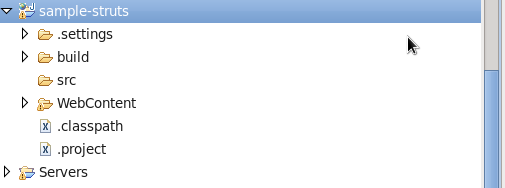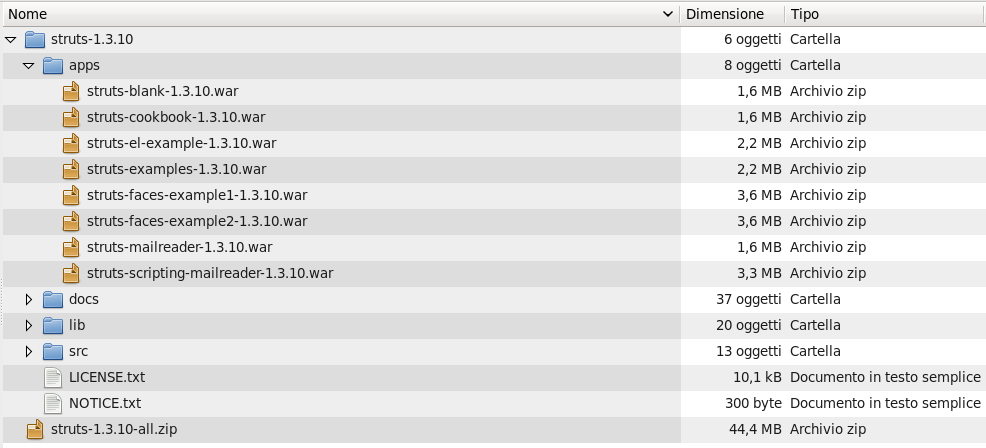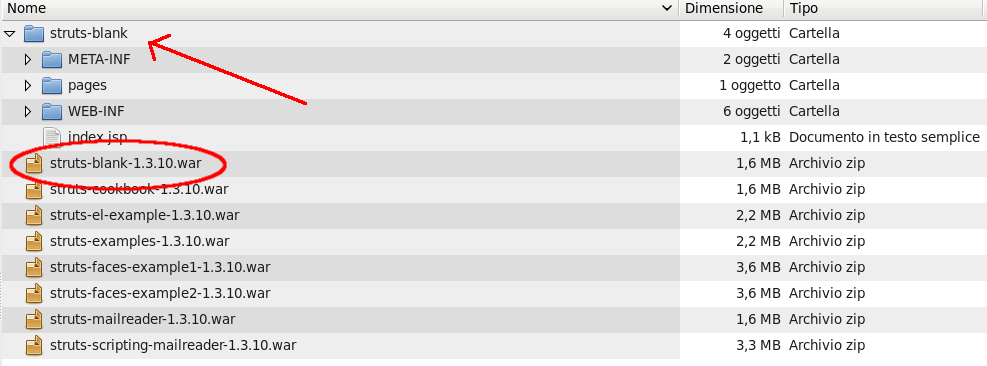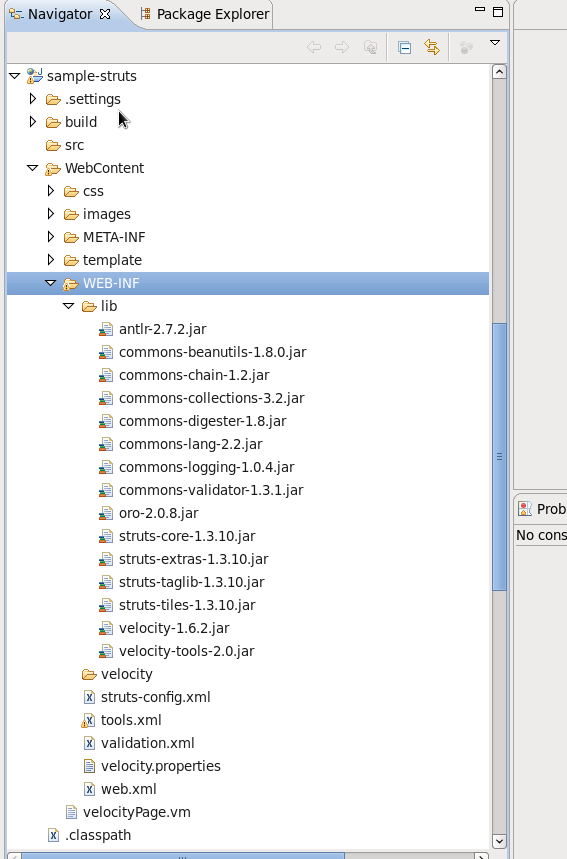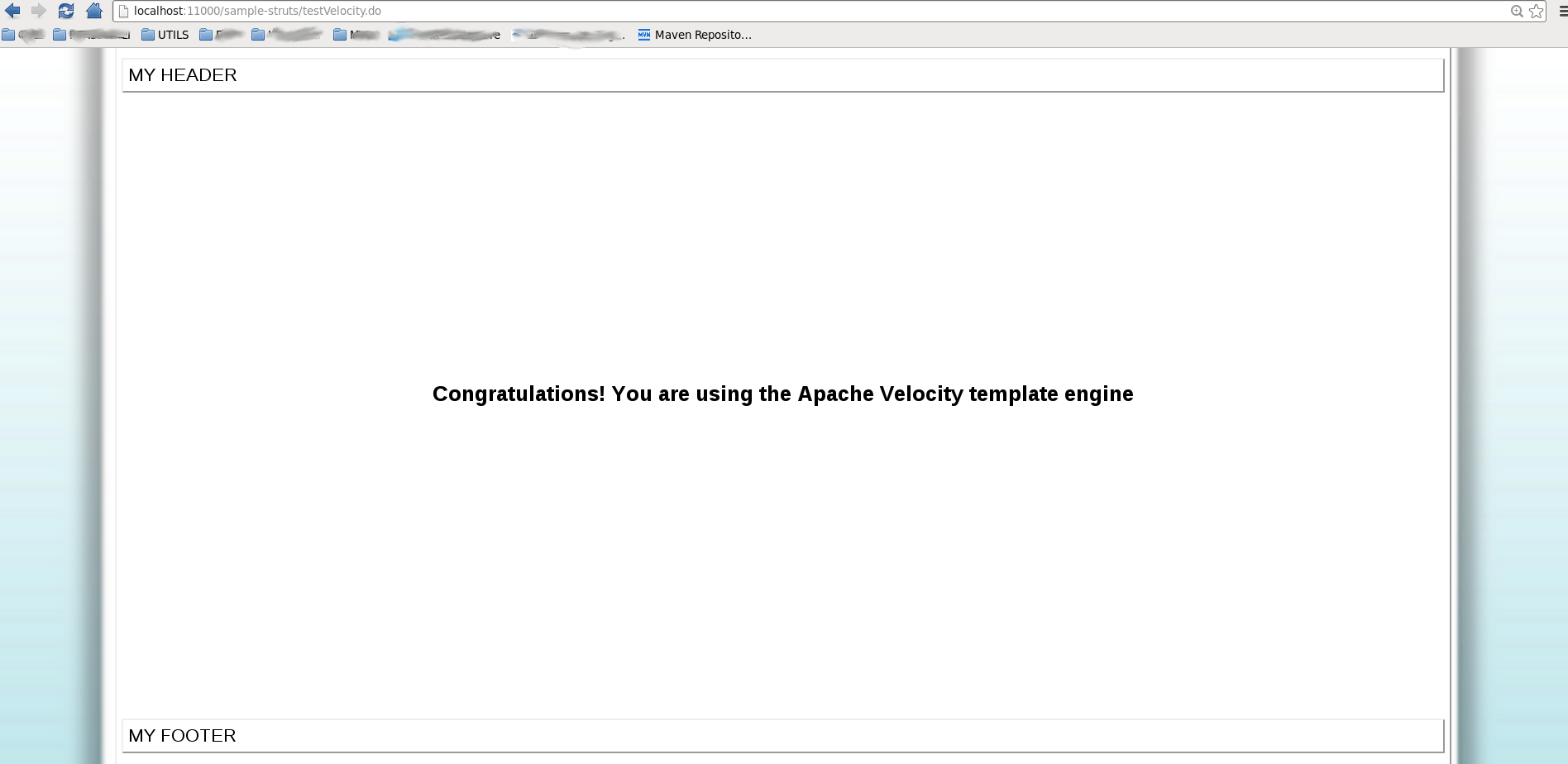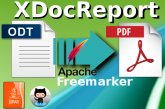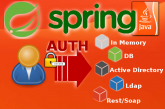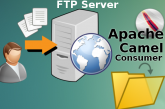
Velocity è un progetto open source di Apache Software Foundation che definisce un template-engine per applicazioni web java-based. Velocity permette di referenziare, e quindi di utilizzare degli oggetti java, all’interno dei template che definiscono lo strato di presentation di un’applicazione web. Vediamo come integrare il framework messo a disposizione da Apache all’interno di un contesto Struts MVC. A tale scopo viene creato un progetto di esempio utilizzando l’IDE Eclipse.
STEP 1.
Avviare Eclipse e creare un nuovo progetto web dinamico (File >New >Dynamic Web Project)
STEP 2.
Scaricare e scompattare l’archivio Struts 1.3 : http://struts.apache.org/download.cgi
STEP 3.
Scompattare il file war struts-blank
STEP4.
Copiare le librerie jar nel classpath del progetto
$ cp struts_unzipped/apps/struts-blank/WEB-INF/lib/* my_eclipse_project/WebContent/WEB-INF/lib $ cp struts_unzipped/lib/struts-extras*.jar my_eclipse_project/WebContent/WEB-INF/lib
STEP 5.
Copiare i flle di configurazuione struts e validator nel progetto
$ cp struts_unzipped/apps/struts-blank/WEB-INF/struts-config.xml my_eclipse_project/WebContent/WEB-INF/ $ cp struts_unzipped/apps/struts-blank/WEB-INF/validation.xml my_eclipse_project/WebContent/WEB-INF/
STEP 6.
Scaricare e scompattare l’archivio velocity-tools : http://velocity.apache.org/download.cgi#Tools
STEP 7.
Copiare in WebContent/WEB-INF/lib le seguenti librerie:
– commons-collections-*.jar
– commons-lang-*.jar
– velocity-*.jar
– velocity-tools-*.jar
STEP 8.
Spostarsi sul progetto in Eclipse e cofigurare i seguenti file:
WebContent/WEB-INF/velocity.properties
# #--------------------------- # VELOCITY PROPERTIES #--------------------------- runtime.log.error.stacktrace = false runtime.log.warn.stacktrace = false runtime.log.info.stacktrace = false runtime.log.invalid.reference = true input.encoding=ISO-8859-1 output.encoding=ISO-8859-1 directive.foreach.counter.name = velocityCount directive.foreach.counter.initial.value = 1 directive.include.output.errormsg.start = <!-- include error : directive.include.output.errormsg.end = see error log --> directive.parse.max.depth = 10 #velocimacro.library = /WEB-INF/velocity/template/VM_global_lib.vm velocimacro.permissions.allow.inline = true velocimacro.permissions.allow.inline.to.replace.global = false velocimacro.permissions.allow.inline.local.scope = false velocimacro.context.localscope = false velocimacro.library.autoreload = true runtime.interpolate.string.literals = true resource.loader = webapp webapp.resource.loader.description = Velocity WebApp Resource Loader webapp.resource.loader.class = org.apache.velocity.tools.view.servlet.WebappLoader webapp.resource.loader.path = / webapp.resource.loader.cache = false webapp.resource.loader.modificationCheckInterval = 0 tools.view.servlet.layout.directory = /template/ tools.view.servlet.layout.default.template = layout.vm
WebContent/WEB-INF/template/layout.vm
<html>
<head>
<link rel="stylesheet" href="/css/my.css" media="all" type="text/css">
</head>
<body>
<div align="center" >
<table class="tabellaLayout" >
<tr >
<td ><div align="center" >#parse("/template/header.vm")</div> </td>
</tr>
<tr >
<td ><div align="center">$screen_content</div></td>
</tr>
<tr >
<td ><div align="center">#parse("/template/footer.vm")</div></td>
</tr>
</table>
</div>
</body>
</html>
WebContent/WEB-INF/template/header.vm
<table >
<tr >
<td >MY HEADER</td>
</tr>
</table>
WebContent/WEB-INF/template/footer.vm
<table >
<tr >
<td > MY FOOTER</td>
</tr>
</table>
WebContent/WEB-INF/css/my.css
body {
font-family: sans-serif;
font-size: 16px;
background-image:url("../images/sfondo.png");
background-position: center;
background-repeat: no-repeat;
}
table {
width: 800px;
font-size: 12px;
border-collapse:separate;
border: 1px;
border-style: outset;
}
th {
background : #D1D8FF;
font-size: 12px;
}
td {
font-size: 11px;
}
.tabellaLayout {
height: 600px;
width: 800px;
font-size: 12px;
border-collapse:separate;
border: 1px;
border-style: outset;
}
.tabellaElenco{
width: 700px;
font-size: 12px;
border-collapse:separate;
border: 1px;
border-style: outset;
}
.titoloElenco {
font-size: 14px;
font-weight: bold;
text-align: center;
}
.divFooter{
}
WebContent/WEB-INF/tools.xml
<?xml version="1.0"?>
<toolbox>
<tool>
<key>link</key>
<scope>request</scope>
<class>org.apache.velocity.tools.struts.StrutsLinkTool</class>
</tool>
<tool>
<key>msg</key>
<scope>request</scope>
<class>org.apache.velocity.tools.struts.MessageTool</class>
</tool>
<tool>
<key>errors</key>
<scope>request</scope>
<class>org.apache.velocity.tools.struts.ErrorsTool</class>
</tool>
<tool>
<key>form</key>
<scope>request</scope>
<class>org.apache.velocity.tools.struts.FormTool</class>
</tool>
<tool>
<key>tiles</key>
<scope>request</scope>
<class>org.apache.velocity.tools.struts.TilesTool</class>
</tool>
<tool>
<key>validator</key>
<scope>request</scope>
<class>org.apache.velocity.tools.struts.ValidatorTool</class>
</tool>
<tool>
<key>cookie</key>
<scope>request</scope>
<class>org.apache.velocity.tools.view.tools.CookieTool</class>
</tool>
<tool>
<key>esc</key>
<scope>application</scope>
<class>org.apache.velocity.tools.generic.EscapeTool</class>
</tool>
</toolbox>
STEP 9.
Modificare il file WebContent/WEB-INF/web.xml con le servlet di velocity:
<!-- Standard Action Servlet Configuration -->
<servlet>
<servlet-name>action</servlet-name>
<servlet-class>org.apache.struts.action.ActionServlet</servlet-class>
<init-param>
<param-name>config</param-name>
<param-value>/WEB-INF/struts-config.xml</param-value>
</init-param>
<load-on-startup>2</load-on-startup>
</servlet>
<!-- Define Velocity template compiler -->
<servlet>
<servlet-name>velocity</servlet-name>
<servlet-class>org.apache.velocity.tools.view.servlet.VelocityLayoutServlet</servlet-class>
</servlet>
<!-- Map *.vm files to Velocity -->
<servlet-mapping>
<servlet-name>velocity</servlet-name>
<url-pattern>*.vm</url-pattern>
</servlet-mapping>
STEP 10.
Creare una pagina di test velocity, per esempio WebContent/velocityPage.vm:
#set($test="Congratulations! You are using the Apache Velocity template engine") <h3>$!test<h3>
STEP 11.
Modificare WebContent/struts-config.xml
<?xml version="1.0" encoding="ISO-8859-1" ?>
<!DOCTYPE struts-config PUBLIC
"-//Apache Software Foundation//DTD Struts Configuration 1.3//EN"
"http://struts.apache.org/dtds/struts-config_1_3.dtd">
<struts-config>
<action-mappings>
<action path="/testVelocity" forward="/velocityPage.vm" />
</action-mappings>
</struts-config>
Ecco come dovrebbe apparire il layout del progetto
Avviare Tomcat e aprire sul browser l’url http://localhost:8080/sample-project/testVelocity.do
 Italiano
Italiano Inglese
Inglese
